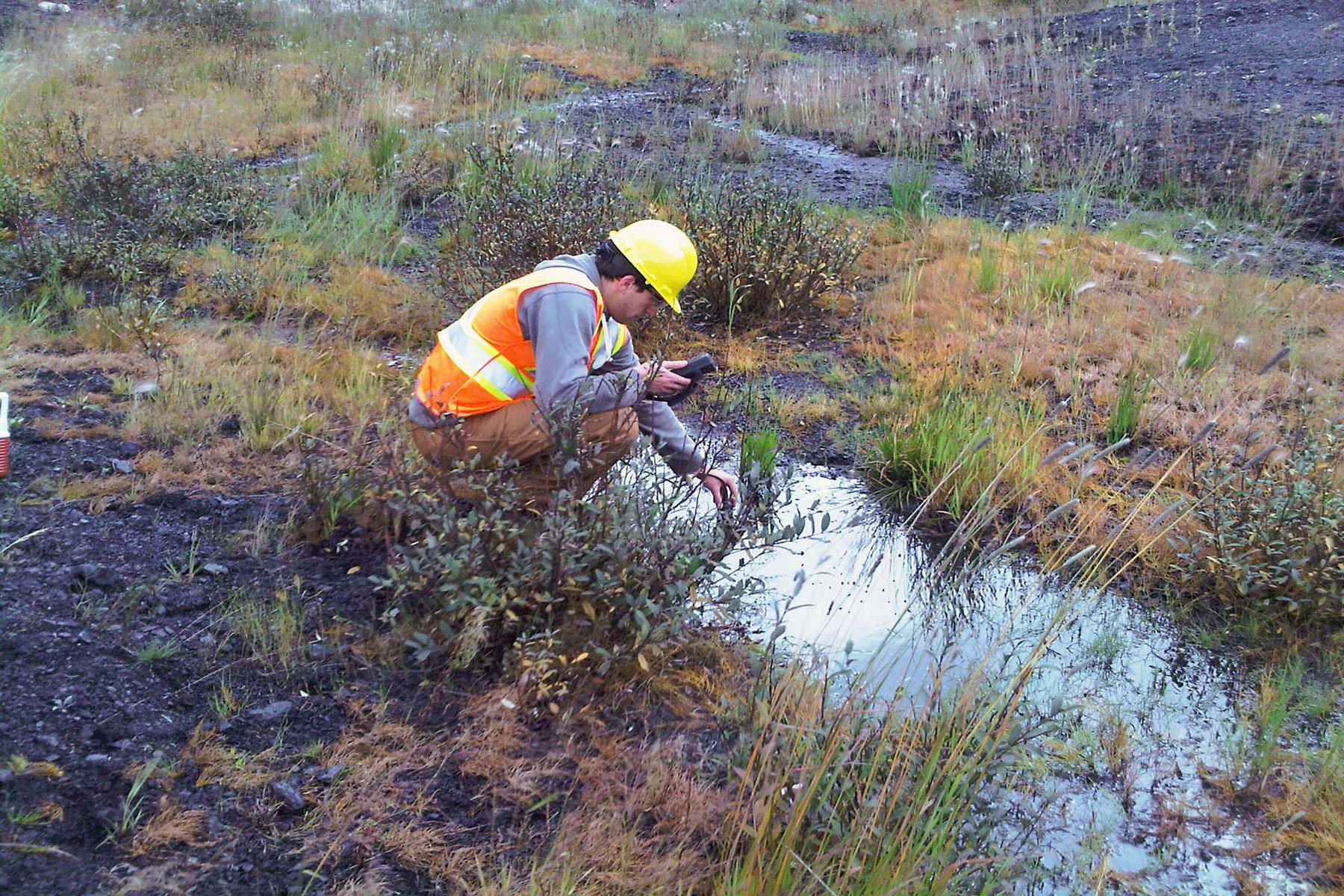- June 9, 2021

Climate Change Resiliency and Adaptation
Climate change resiliency must include the capacity for adaptation. Adaptation put simply is to respond, to reassess and to restore. To differentiate climate adaptation as part of policy framing from adaptation that occurs in ecosystems, climate adaptation involves deliberate responses to climate change. A resilient framework involves a systems-based approach to adaptive processes to respond to environmental changes .
Managing Climate Change Risk in the Mining Industry
Mine operators and owners aspire to be industry leaders in sustainable mining, which includes a commitment to conducting activities ethically and transparently. Most climate change policy focuses on reducing future greenhouse gas (GHG) emissions, and net-zero targets. Achieving these commitments requires transparency to the site-specific activities, infrastructure, equipment, data, and information used in the analysis.
Too frequently, challenges arises when there isn’t sufficient ‘line-of-site’ from corporate climate change strategies to site-based performance. Achieving the outcomes driven by corporate strategic initiatives requires clear communication of purpose and action at all levels of a mine site’s operations, from the board room to a haul truck driver on shift.
To effectively manage climate risk, it is also critical that climate change policies consider the adaptive capacity of operating and legacy sites. This requires a deliberate approach to understanding, assessing, and responding to the potential impacts of climate change at a site-specific level.
Adaptation for Climate Change
When incorporating climate change scenarios into designs, Okane starts at the site level. Okane uses the Köppen-Geiger climate classification system to help create a deeper conceptualization of climate conditions on a site-specific basis. It is important to remember that the world, and climate do not function on the average. As we like to say at Okane “The average does not exist!”.
If we think about a weather forecast, we do not decide to wear a coat or not based on the average. We make these decisions based on what the highs and lows are. The Köppen-Geiger classification includes seasonality, whether that be precipitation or temperature, which automatically getting us to stop thinking about ‘the average’. This approach gets us into the right thought space, which can then be adjusted based on orographic, slope, and climate change effects. Applying the Köppen-Geiger climate classification system helps develop a clear conceptualization of what is possible and helps set up a robust numerical modelling program.
Which Climate Change Scenario?
The advice most often given with respect to managing risk is to ‘be conservative’. For modelling climate change, that is often interpreted as using RCP8.5 scenario . Interestingly, the RCP8.5 scenario is not always the conservative approach!
Okane takes the approach of understanding the probability for each RCP scenario at a given location and site. Modelling scenarios by applying numerical models to evaluate geomorphic, geotechnical, and geochemical stability allows Okane to develop an understanding of the consequence effects of each scenario. Only when probability and consequence are brought together can you properly inform on risk.
For example, simulating the RCP8.5 scenario may seem conservative with respect to water quality risk, but this RCP scenario will generally add more water to the watershed than other scenarios. This changes the assimilative capacity of the watershed, not necessarily by volume but by changes in intensity and duration. In this scenario, designs based on RCP8.5 may not protect the surrounding environment.
‘Base Case’ Climate Database for Modelling
An all-too-common approach is to develop a climate database based on average climate conditions. Remember though, “The average does not exist!”.
At Okane, we encourage using as long a climate database as possible (ideally 100 years) and modelling each year within that database. With this approach, performance can be statistically evaluated based on the model output, rather than the average climate year. In this way, the influence of watershed storage capacity and antecedent conditions influence each subsequent season or year modelled.
Beyond the above, our approach is to include an RCP scenario representing the base case climate database (i.e., historical data adjusted for the RCP scenario), and to simulate alternate climate change scenarios as part of sensitivity analyses to comprehensively evaluate consequence effects and inform on risk.
What is Downscaling?
General circulation models, also known as global climate models, or GCMs, are mathematical models that predict future climate at a large scale. Large scale being defined as 80 to 300 km. While this does provide some insight into climate change on regional scales, it is too coarse for site-specific climate databases. Features that determine local climate phenomena, such as orographic effects, will not be accounted for by the large scale of GCMs.
GCM output must be downscaled, either through dynamic downscaling or statistical downscaling. Okane use the latter method, which is a two-step process consisting of:
i) The development of statistical relationships between local climate variables (e.g., surface air temperature and precipitation) and large scale predictors (e.g., pressure fields); and
ii) Application of statistical relationships to the output of GCM experiments to simulate local climate characteristics in the future.
This method allows for creation of site specific climate change databases that are based on local historical climate.
What Next?
Developing climate change resiliency requires more than corporate policy on GHG emissions. It requires a site level understanding of probability and consequence to inform on risk, and to achieve true adaptive management. Give us a call, shoot us an e-mail, or catch us on LinkedIn.
We would be happy connect with you and talk climate change resiliency and adaptation!
References
Nelson, Donald R.; Adger, W. Neil; Brown, Katrina (2007). “Adaptation to Environmental Change: Contributions of a Resilience Framework”. Annual Review of Environment and Resources. 32: 395–419. https://www.annualreviews.org/doi/abs/10.1146/annurev.energy.32.051807.090348
Schwalm, Christopher R.; Glendon, Spencer; Duffy, Philip B. (2020-08-18). “RCP8.5 tracks cumulative CO2 emissions”. Proceedings of the National Academy of Sciences. 117 (33): 19656–19657. doi:10.1073/pnas.2007117117. ISSN 0027-8424. PMID 32747549. https://www.pnas.org/content/117/33/19656
